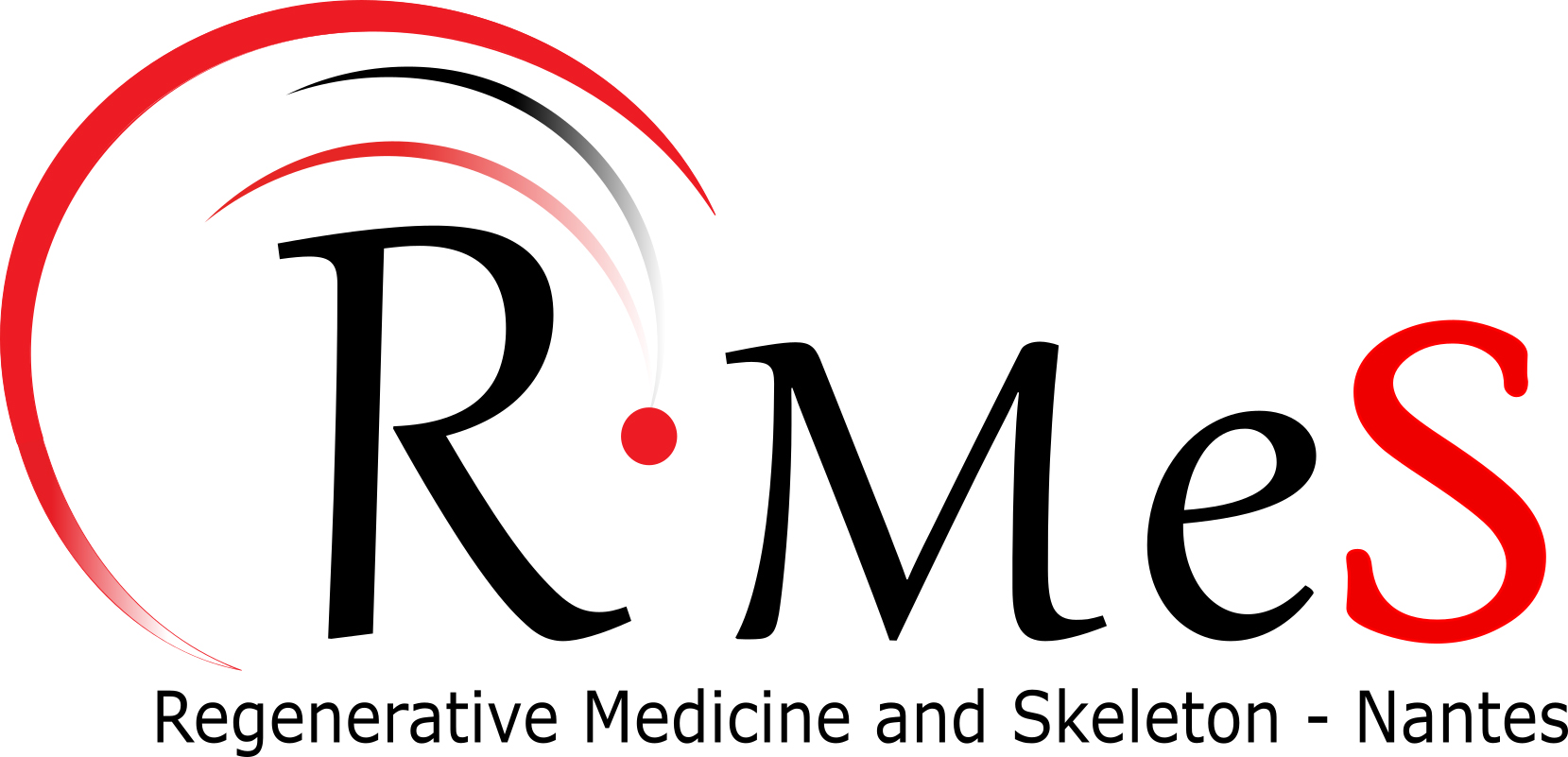HiMolA Platform

The Molecular Histology (HiMolA) platform is one of the 3 technical platforms hosted by the RMeS unit and based exclusively at the University of Angers. The HiMola platform is part of the ATLAN (Tissular analyses Angers Nantes) infrastructure, a regional multi-site platform grouping comprising the SC3M (Service Commun de Microscopie Electronique, Microcaractérisation et Morpho-histologie-imagerie Fonctionnelle) and HiMolA (Histologie Moléculaire Angers) platforms.
The HiMolA platform regroups three main activities:
1) Investigation of bone microarchitecture and histomorphometry
2) Investigation of bone material properties
3) Investigation of bone biomechanics
Contact
Scientific coordinator:
Guillaume Mabilleau
guillaume.mabilleau @ univ-angers.fr
+332 44 68 84 50


